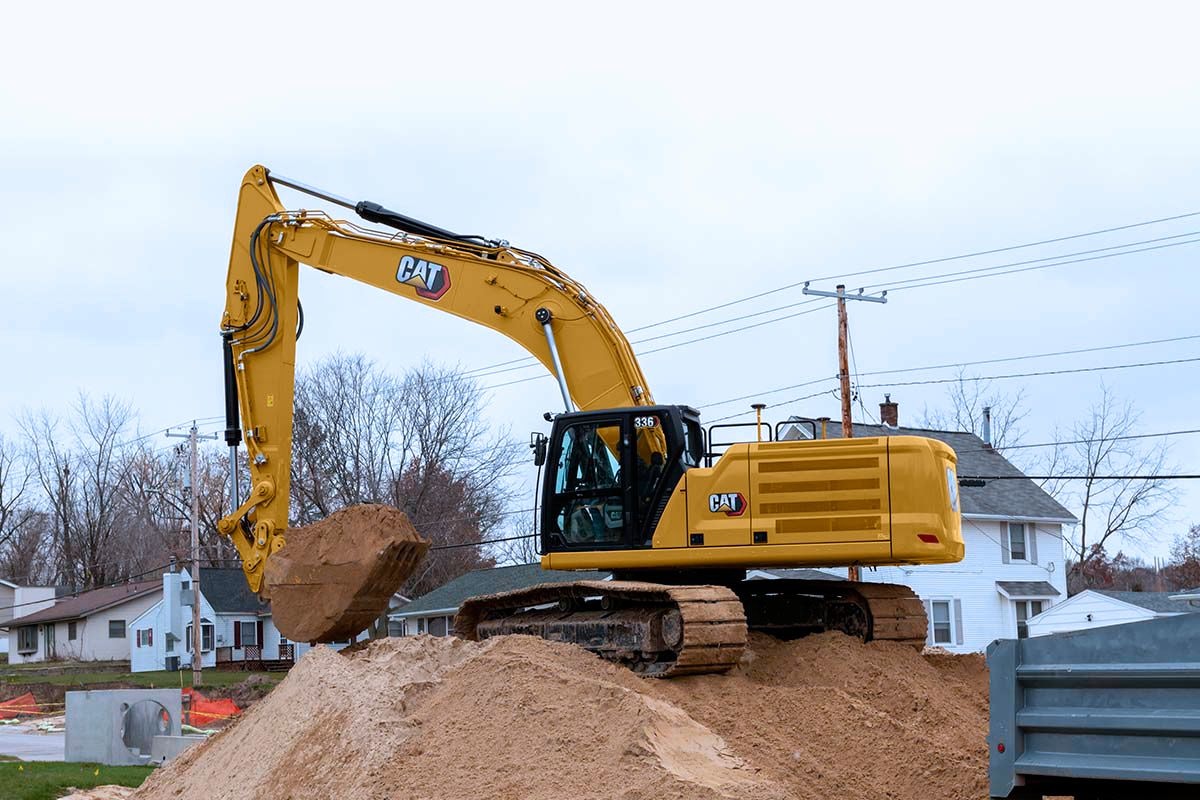Boom Lift Rental: Reach New Heights Securely
Boom Lift Rental: Reach New Heights Securely
Blog Article
Leasing Vs. Purchasing Building Devices: Making the Right Choice for Your Job
When getting started on a construction job, one of the critical decisions that forecast stakeholders and managers deal with is whether to acquire or lease construction devices. The choice hinges on numerous aspects such as cost considerations, task duration, devices upkeep, risk, scalability, and flexibility management.
Price Considerations
When examining the financial facet of leasing versus buying construction devices, the long-lasting costs and in advance expenses need to be meticulously considered. Renting out devices usually calls for lower preliminary repayments contrasted to purchasing, making it an attractive choice for temporary projects or professionals with budget constraints. Renting eliminates the need for large funding outlays and decreases the monetary risk related to tools ownership, such as upkeep and devaluation expenses. However, in the lengthy run, constantly renting devices can collect higher prices than acquiring, especially for prolonged jobs.
On the other hand, getting building and construction equipment includes greater in advance prices yet can result in long-term cost savings, particularly for regular individuals or long-lasting projects. Ultimately, the decision between buying and leasing building tools pivots on the task's period, regularity of use, budget plan considerations, and long-term economic objectives.
Task Duration

On the other hand, for long-term tasks or ongoing building and construction job, getting devices could be the a lot more affordable option. Acquiring devices can lead to set you back savings in the future, specifically if the devices will certainly be often utilized. Moreover, owning equipment gives a feeling of control over its accessibility and enables for modification to fit certain task requirements.

Tools Upkeep
Provided the important role job period plays in figuring out the most cost-effective strategy in between renting out and acquiring building and construction devices, the emphasis currently changes towards analyzing the crucial element of tools upkeep. Correct upkeep is vital for ensuring the optimum efficiency and longevity of building equipment. Leasing devices frequently includes the advantage of having actually well-kept machinery supplied by the rental business. This can relieve the problem of maintenance jobs from the task owner or contractor, conserving effort and time. On the other hand, possessing devices requires an aggressive strategy to maintenance to avoid break downs, make sure safety, and expand the tools's life expectancy. Routine assessments, servicing, and prompt fixings are necessary to maintain owned equipment in top functioning condition. Consider maintenance expenses when determining between getting and leasing, as disregarding maintenance can lead to costly repair services, downtime, and job hold-ups. Eventually, a well-kept building devices fleet, whether leased or possessed, is important for the reliable and successful conclusion of construction tasks.
Versatility and Scalability
In the realm of construction equipment monitoring, the facet of versatility and scalability holds significant significance for project efficiency and resource utilization. Choosing to lease construction equipment gives a high degree of flexibility as it permits for the quick modification of equipment types and amounts based on the evolving needs of a job.
Renting out building and construction tools offers the advantage of quickly scaling operations up or down as task demands rise and fall. Specialists can swiftly add or trade devices to match the task's changing needs without the restrictions of having properties that may become underutilized or outdated.
Threat Administration
Effective danger monitoring in construction devices procedures is extremely important to ensuring job success and mitigating potential financial losses. Building projects naturally include various risks, such as devices failures, mishaps, and task delays, which can dramatically affect the project timeline and spending plan. By very carefully taking into consideration the risks related to owning or leasing construction equipment, project managers can make enlightened choices to reduce these possible hazards.
Renting out building and construction tools can supply a degree of risk mitigation by moving the responsibility of repair and maintenance to the rental firm. This can lower the monetary problem on the task owner in situation of unforeseen tools failings (scissor lift rental). In addition, leasing provides the flexibility to gain access to specialized equipment for particular project phases, reducing the danger of having underutilized equipment
On the other hand, having construction tools gives a sense of control over its use and upkeep. Nevertheless, this likewise indicates bearing the full obligation for repairs, upkeep costs, and devaluation, increasing the economic risks linked with tools possession. Careful danger assessment and factor to consider of elements such as task period, equipment usage, and upkeep needs are crucial in determining one of the most appropriate choice for effective threat administration in building tasks.
Conclusion
To conclude, when making a decision in between acquiring and leasing construction tools, it is crucial to consider price, task duration, tools maintenance, scalability, flexibility, and threat administration. Each element plays a crucial duty in figuring out one of the most appropriate alternative for the project handy. By very carefully evaluating these elements, task managers can make an enlightened decision that lines up with their budget plan, timeline, and total project goals.

Report this page